PPT-Framework for Realizing Efficient Secure Computations
Author : calandra-battersby | Published Date : 2018-03-10
An introduction to FRESCO Janus Dam Nielsen phd Research and Innovation Scientist The Alexandra Institute Joint work with the Cryptography and Security group
Presentation Embed Code
Download Presentation
Download Presentation The PPT/PDF document "Framework for Realizing Efficient Secure..." is the property of its rightful owner. Permission is granted to download and print the materials on this website for personal, non-commercial use only, and to display it on your personal computer provided you do not modify the materials and that you retain all copyright notices contained in the materials. By downloading content from our website, you accept the terms of this agreement.
Framework for Realizing Efficient Secure Computations: Transcript
Download Rules Of Document
"Framework for Realizing Efficient Secure Computations"The content belongs to its owner. You may download and print it for personal use, without modification, and keep all copyright notices. By downloading, you agree to these terms.
Related Documents

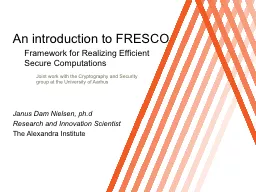

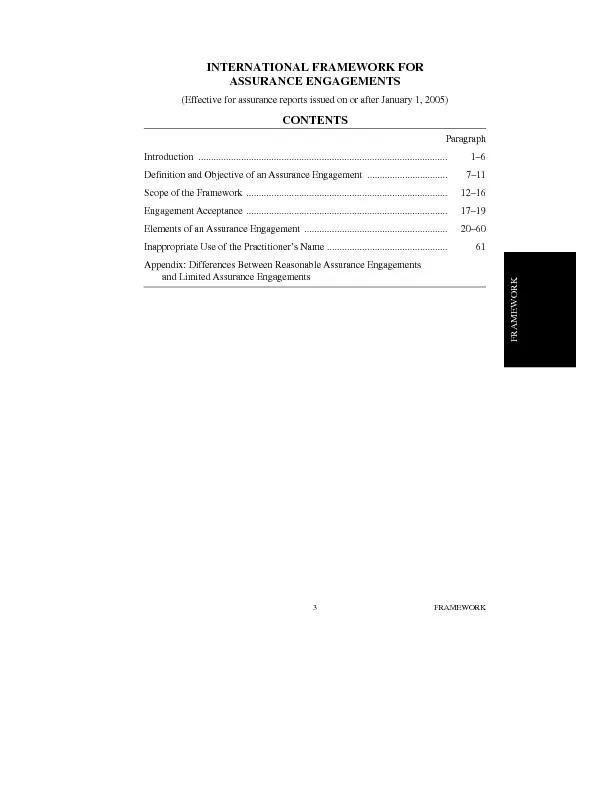
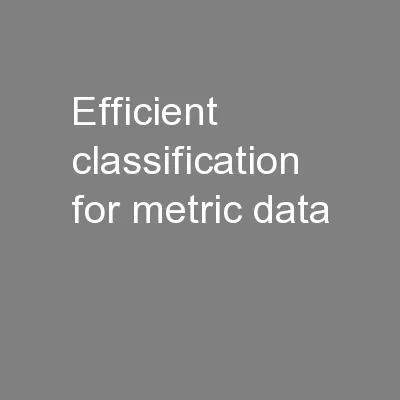
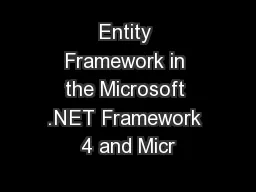

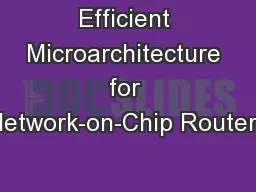
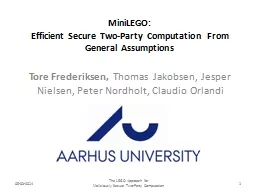
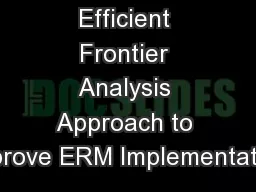
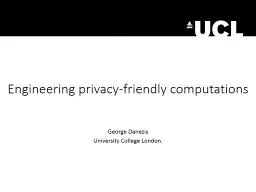



![[BEST]-Embedded Computing for High Performance: Efficient Mapping of Computations Using](https://thumbs.docslides.com/971411/best-embedded-computing-for-high-performance-efficient-mapping-of-computations-using-customization-code-transformations-and-compilation.jpg)